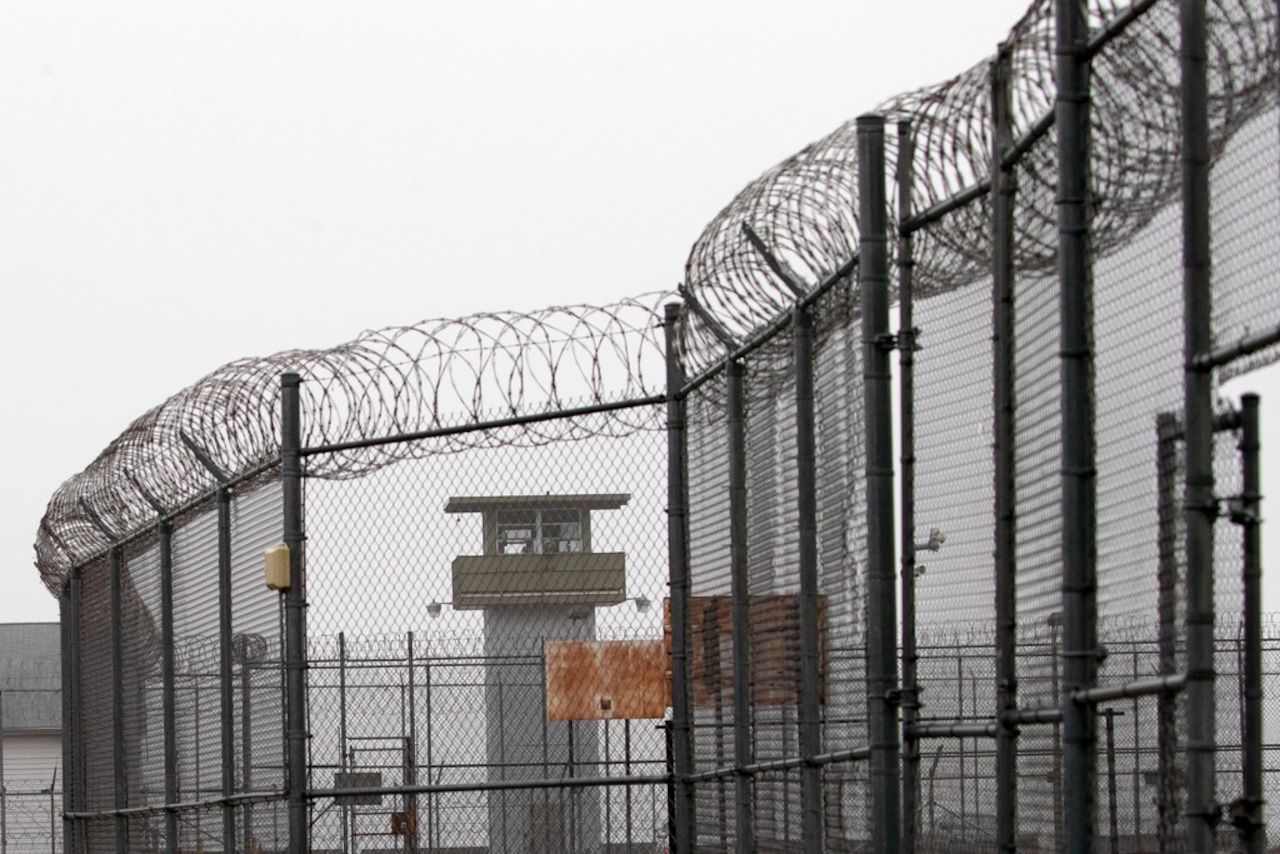
The number of juvenile justice cases in Massachusetts jumped in 2023 to its highest level since before the outbreak of the COVID-19 pandemic, suggesting that more needs to be done to keep youthful offenders out of the system in the first place.
The system also was marked by vast racial disparities that saw youth of color more likely to be arrested and charged than white youth.
Those are the bottom-line findings of a report released Tuesday’s by the state’s Juvenile Justice Policy and Data Board, a body charged with evaluating the juvenile justice system’s policies and coming up with ways to improve them.
And while use of the juvenile justice system has not surpassed the level from before 2018 — when a major criminal justice reform law significantly reduced the number of juvenile cases — it will do so within the next two years if the current rates of increase continue, the panel’s report concluded.
“There is more to be done to divert youth away from our juvenile justice system and provide the resources they need to be successful,” Maria Mossaides, the director of the state’s Office of the Child Advocate, said in a statement.
“Many of the youth involved in the juvenile justice system have unmet needs driven, in part, by the impacts of the pandemic among other factors. The commonwealth needs to continue to support youth in their communities when they need resources to thrive,” Mossaides continued.
When a minor is accused of a criminal offense, a police officer has three options to deal with the accusations. First, they can choose to simply issue a warning, avoiding the system altogether, or place the child in a diversion program, or involve the justice system.
If that happens, the officer can either physically arrest the youth or request a court summons by submitting an application for complaint that is reviewed by a clerk magistrate.
State law instructs police officers to avoid arrests in favor of seeking a summons unless there is a threat to public safety — or if they believe the child will not appear in court for a summons.
According to the report, use of the juvenile justice system has increased across all stages of the process.
Between 2022 and 2023, there was a 14% rise in applications for complaint, a 23% rise in delinquency filings, a 34% rise in arraignments, and a 32% rise in case dispositions.
Because of the increase in cases, there also has been a rise in the number of minors placed under pretrial supervision, probation and detention. The number committed to the Department of Youth Services also rose.
That increase in involvement disproportionately affects youth of color at every point in the process, according to the report.
Black youth were 3.85 times more likely to have charges filed against them, 4.89 times more likely to be arrested and 2.98 times more likely to be summonsed than white youth. Latino youth were 2.35 times more likely to have charges filed against them, 2.89 times more likely to be arrested, and 1.93 times more likely to be issued a summons, the data show.
These racial disparities during initial portions of the juvenile justice process worsened between 2022 and 2023. Disparities still exist throughout the system, but slightly improved in 2023 in other parts.
“Unfortunately, disparities only lessened (slightly) at other parts of the system as a result of an increase in white youth coming into the system, rather than a decrease in system involvement for Black/African American and/or Latino/Hispanic youth,” the report says.
In addition to the racial disparities, minors held at the Department of Youth Services had higher rates of behavioral health needs, educational challenges, trauma and child welfare system involvement in 2023 than the previous year.
To address the challenges revealed by the data, the report recommended a significant investment in diversion programs that would keep children from becoming involved in the juvenile justice system. It also recommended addressing policies that contribute to racial disparities, especially at the policing level, and improving support and services for struggling youth.
Melissa Threadgill, senior director of policy and implementation at the Office of the Child Advocate, explained that diversion programs have been shown to be effective in strengthening communities, reducing racial disparities and supporting youth.
“We need to reduce, not increase, the number of youth that are interacting with the juvenile justice system, particularly for low-level offenses,” Threadgill said. “If we do that, we’ll see better life outcomes for the youth and improved public safety.”
You can read the full report on the Juvenile Justice Policy and Data Board’s website.






